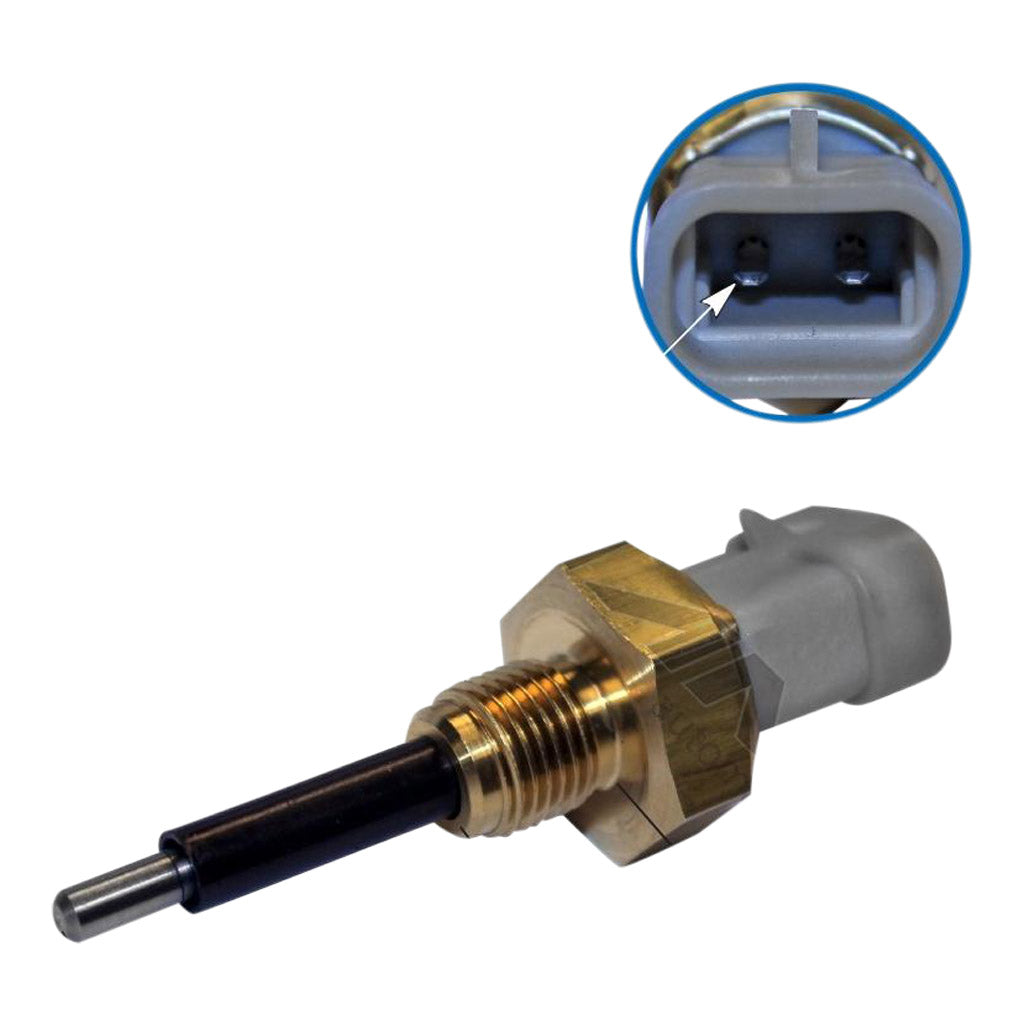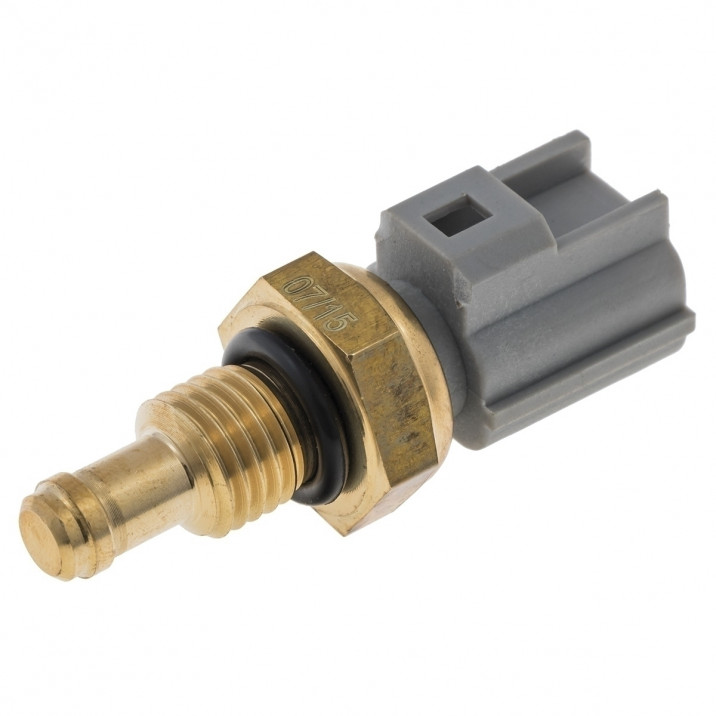
Connect the active end of the oscilloscope probe to the signal terminal of the sensor and the ground probe - to chassis ground. Compare the results with those in table 1. Heat the water and take measurements periodically as well as the resistance of the sensor. Measure the sensor’s resistance and compare it with the values given in Table-1, showing the relationship between the resistance and the temperature. Place the sensor in a suitable water container and measure the water temperature. The voltage signal or the reference voltage is equal to the car battery voltage.Ĭheck short circuit in the wire, connected to the positive terminal of the car battery or the power supply wire.Ĭheck with ohmmeter with ECT sensor detached from the car the signal terminal of the ECT sensor does not provide connection to the sensor. The voltage has such a value when an open circuit is present and may be obtained in one of the following conditions: The voltage of ECT signal terminal is equal to 5.0V If supply voltages and grounds are good, the onboard controller itself falls under suspicion. If all wires are correct, but there is no output voltage from the onboard controller, you have to verify all power supply and ground connections of the onboard controller. Check the integrity of the signal wires between the sensor and the onboard controller. Check sensor terminals for short circuit to ground. The voltage of the ECT signal terminal is equal to 0V. #COOLANT SENSOR VERIFICATION#
NOTE: This is a typical example, but this does not mean that the values shown above are real and must be obtained in the process of verification of a specific system.
If the ECT voltage signal is equal to 0V (lack of power supply or there is a short circuit to the ground) or if it is 5.0V - we have an open circuit. If such defect is found, the ECT sensor must be replaced. 
This will not generate any fault codes (if the onboard controller is not programmed to detect voltage changes) since the sensor continues to operate within its design parameters. A defect sensor can indicate a voltage of 1.5V at cold engine and 1.25V at warm engine, thus causing difficulties of starting a cold engine and a presence of rich fuel mixture when the engine is warm.

The normal value of the ECT sensor voltage is 2V at cold engine and 0.5V at warm engine.
 Common problem is that the output resistance (and voltage) changes incorrectly beyond its normal range. During engine warming the voltage should decrease in accordance with the values given in Table-1. Start the engine and warm it to the operating temperature. You will need a thermometer for the purpose. Check whether the ECT voltage signal corresponds to the temperature. The relationship between the voltage and the temperature is shown in Table-1. Depending on the temperature, voltage readings should be in the range of 2V to 3V. Connect the positive wire of the voltmeter is to the ECT signal terminal. Determine which are the signal and the ground terminals. Connect the negative wire of the voltmeter to the chassis ground. Open the protective rubber cap on the connector of the cooling system temperature sensor. Sensor with negative temperature coefficient. Procedure for verification the functionality of the ECT sensor Here the voltage and the resistance are increasing with the raise of the temperature. Used in some older systems, such as Renix.
Common problem is that the output resistance (and voltage) changes incorrectly beyond its normal range. During engine warming the voltage should decrease in accordance with the values given in Table-1. Start the engine and warm it to the operating temperature. You will need a thermometer for the purpose. Check whether the ECT voltage signal corresponds to the temperature. The relationship between the voltage and the temperature is shown in Table-1. Depending on the temperature, voltage readings should be in the range of 2V to 3V. Connect the positive wire of the voltmeter is to the ECT signal terminal. Determine which are the signal and the ground terminals. Connect the negative wire of the voltmeter to the chassis ground. Open the protective rubber cap on the connector of the cooling system temperature sensor. Sensor with negative temperature coefficient. Procedure for verification the functionality of the ECT sensor Here the voltage and the resistance are increasing with the raise of the temperature. Used in some older systems, such as Renix. 
With positive temperature coefficient.Their resistance decreases with the increase of the temperature. These are the most popular sensors used in cars. With negative temperature coefficient.Thereby, a coolant temperature dependent variable voltage signal is send to the onboard computer. At 90 ✬ its resistance is in the range of 200Ω to 300Ω. ECT gradually heats and its resistance reduces proportionately. After the engine start, coolant temperature begins to rise. In cold engine and an ambient temperature of 20 ✬ the sensor resistance is between 2000Ω and 3000Ω. In order to convert the ECT resistance variation to voltage variation, which is further processed by the ECU, the ECT sensor is connected in a circuit typically supplied with a reference voltage of +5V. The onboard computer uses the signal of ECT as the main correction factor when calculating the ignition advance and the injection duration. It is a two-wire thermistor immersed in coolant and measures its temperature. The engine coolant temperature sensor is temperature-variable resistor, which usually has a negative temperature coefficient.








 0 kommentar(er)
0 kommentar(er)
